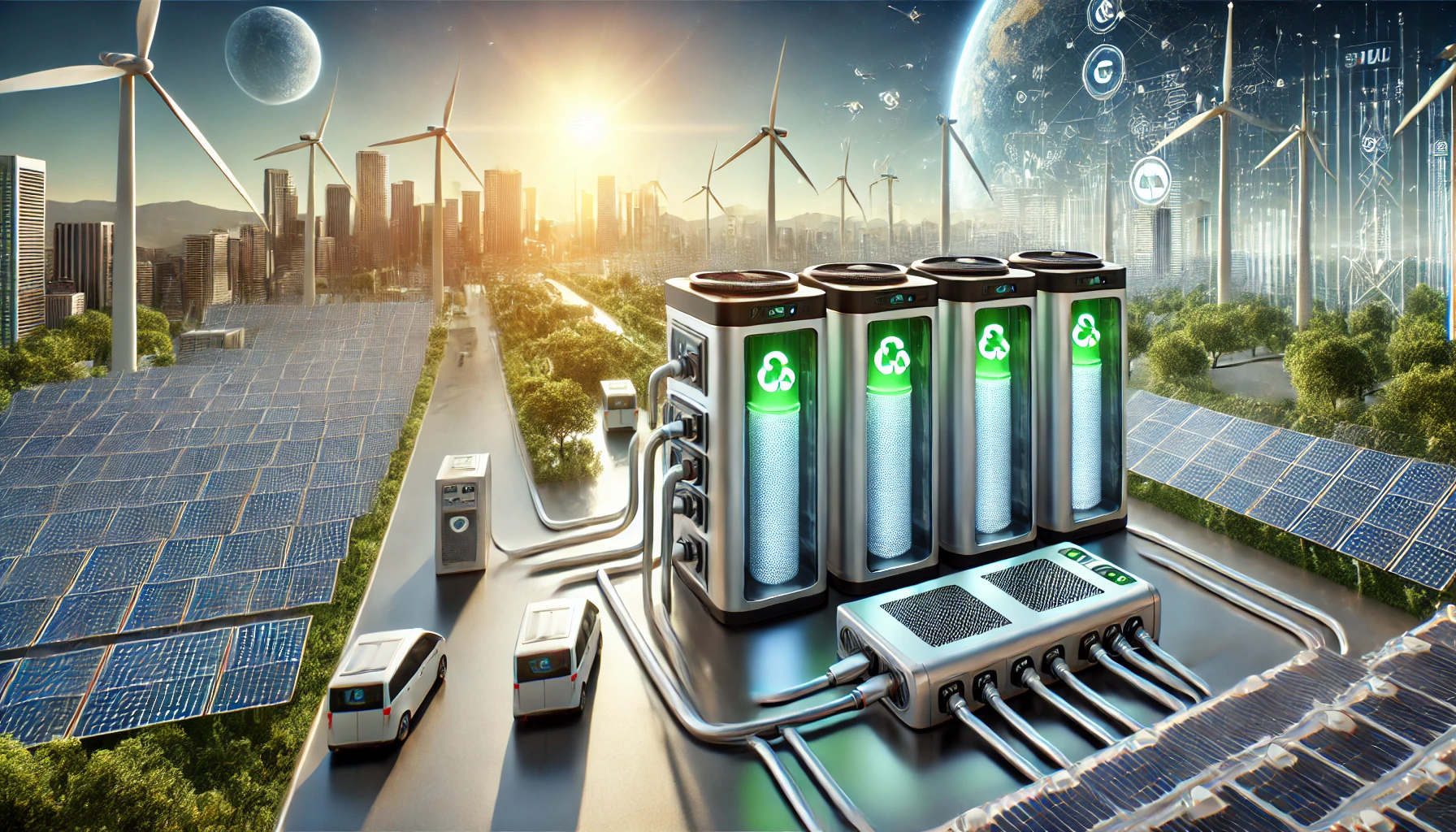Carbon-Capture Batteries: The Game-Changer We Never Knew We Needed

A Breath of Fresh Air for Energy Storage
Picture this: batteries that not only store energy but also capture carbon dioxide. Sounds like something straight out of a sci-fi novel, right? Well, the future is now, thanks to the brilliant minds at Oak Ridge National Laboratory. These new carbon-capture batteries are a breakthrough in energy storage technology that might just be the answer to two of our biggest challenges: reducing greenhouse gas emissions and creating long-duration energy storage. But what makes these batteries so revolutionary? Let's take a deep dive into the science behind this innovation and why it could completely change the game for renewable energy systems.
The Science Behind Carbon-Capture Batteries
Okay, so how exactly do these magical batteries work? Without getting too deep into the nitty-gritty chemistry, here's the gist: carbon-capture batteries use a special electrode that can absorb carbon dioxide from the air while storing energy. When the battery is charged, it grabs onto CO₂ molecules, locking them in place. As it discharges, it releases them in a more usable form, which could be repurposed for other industrial applications or simply kept from escaping into the atmosphere. This dual functionality is what makes these batteries so intriguing, offering both energy storage and environmental benefits.
How They Could Transform Renewable Energy Systems
Now, let’s talk about why this is such a big deal for renewable energy. We all know that renewable sources like solar and wind are fantastic—when the sun is shining or the wind is blowing. The problem has always been: what happens when those natural resources aren’t available? Enter long-duration energy storage. Carbon-capture batteries could store surplus energy produced during peak renewable generation times and release it when the demand is high or supply is low. And the cherry on top? They reduce carbon emissions while doing it. Imagine a world where your wind turbine not only powers your home but also fights climate change—talk about a two-for-one special!
Integration into Smart Grids for a Sustainable Future
So how does this all tie into smart grids? Well, as you might know, smart grids are designed to efficiently manage electricity supply and demand, incorporating renewable energy sources along the way. Carbon-capture batteries could be the perfect match for these systems. By integrating these batteries into smart grids, we could improve energy efficiency, balance electricity loads, and reduce carbon footprints all at once. These batteries could act as a buffer, storing excess energy when demand is low and discharging it when needed, all while capturing CO₂. It's like having a Swiss Army knife of sustainability plugged into your power grid.
Challenges and Future Outlook
Of course, no breakthrough technology comes without its hurdles. Right now, the main challenges for carbon-capture batteries are scaling up production and reducing costs. The materials used in these batteries aren’t cheap, and while the science is solid, making it commercially viable is the next big step. But with the world pushing harder than ever for sustainable solutions, there’s a strong incentive for further research and development. Governments and private companies alike are starting to see the potential of this technology. In the next few years, we could see carbon-capture batteries becoming a staple in renewable energy infrastructure.
What’s Next for Carbon-Capture Technology?
The development of carbon-capture batteries is just the tip of the iceberg when it comes to carbon-capture technology. Researchers are exploring various ways to integrate carbon capture into other industries, from manufacturing to transportation. Imagine electric vehicles that can capture CO₂ while driving or factories that trap carbon emissions in real-time. While we’re not quite there yet, innovations like these batteries show us what’s possible. The next big question is: how soon can we make this a reality on a large scale?
Will Carbon-Capture Batteries Save the Planet?
So, are these batteries the magic bullet we’ve been waiting for? Maybe not entirely, but they’re definitely a step in the right direction. Carbon-capture batteries provide a unique solution to two major problems—energy storage and carbon emissions—and that’s a combo we desperately need. They’re a prime example of how innovative technology can drive us toward a more sustainable future. As with any new tech, it’s going to take time, investment, and a whole lot of smart people working together to make it work on a large scale. But one thing’s for sure: the future of energy storage just got a whole lot more interesting. What do you think—are carbon-capture batteries the key to a greener, more efficient future?



